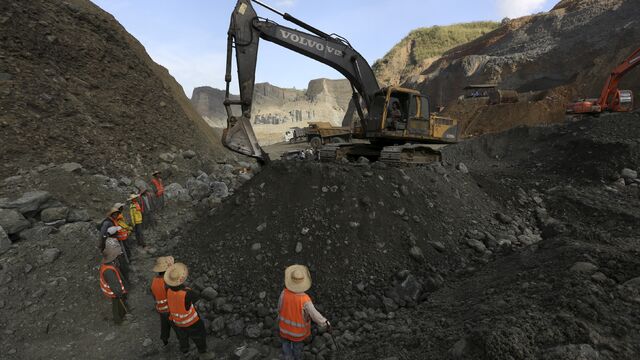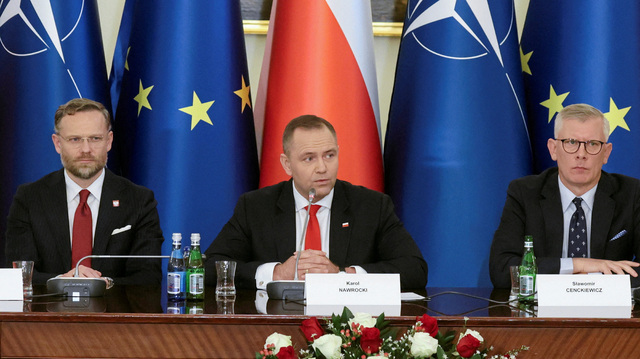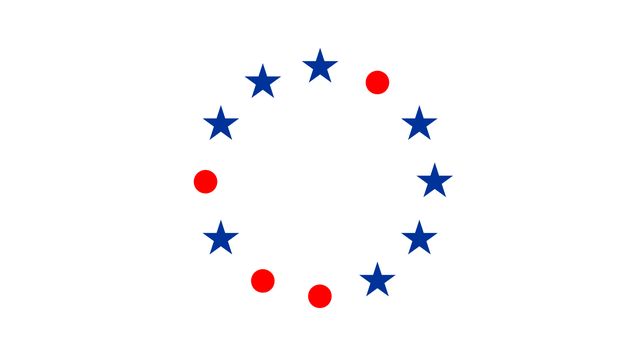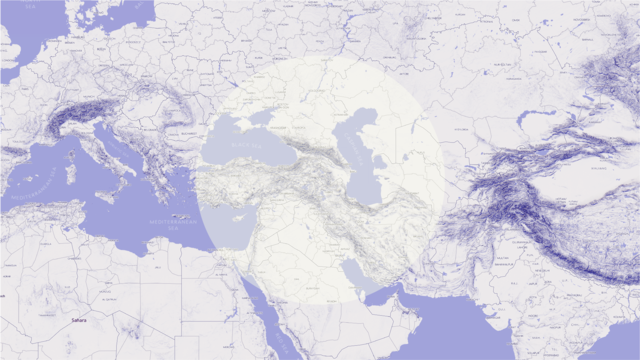The European Union in Central Asia: Balancing Competing Actors and Opportunities for the V4 Countries
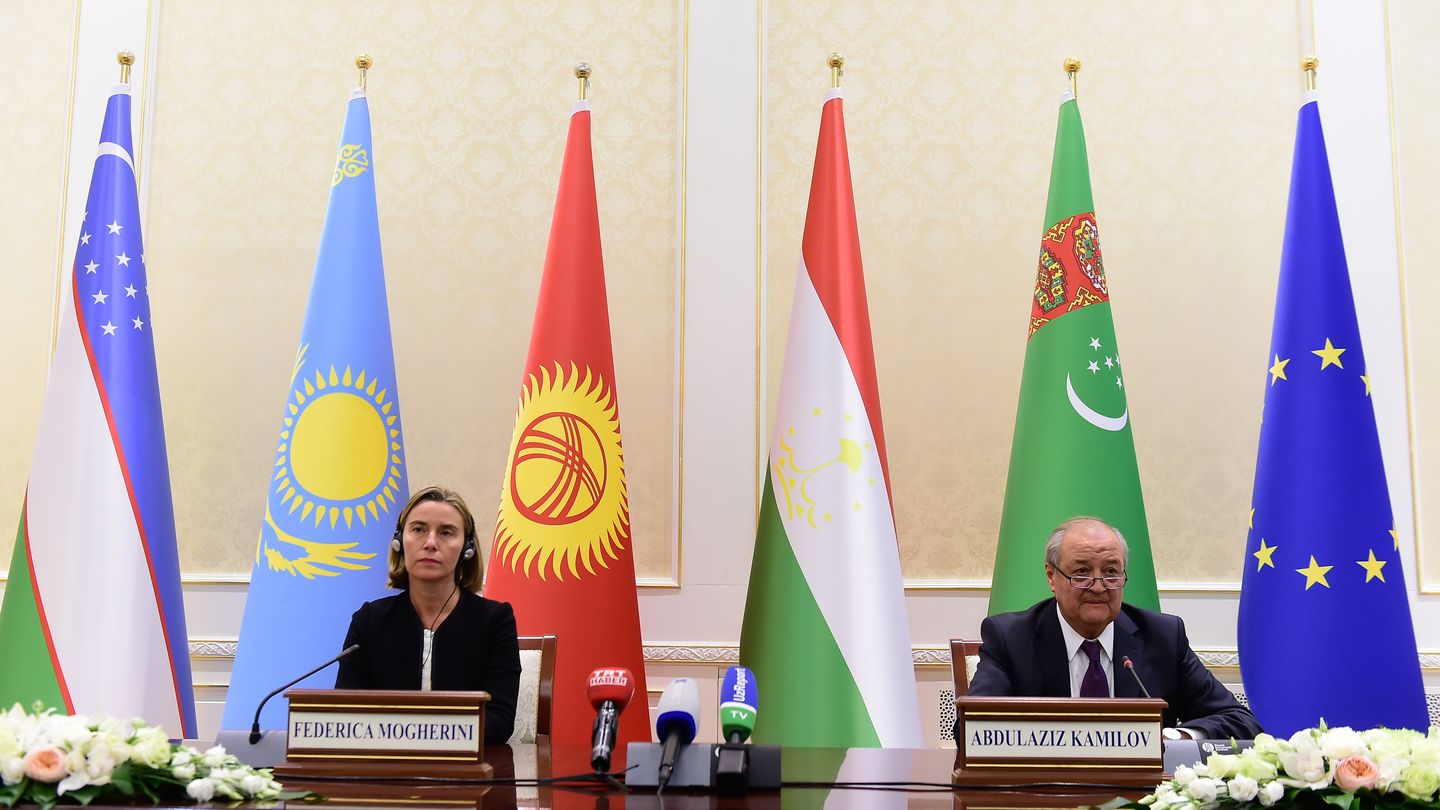
paper
Alica Kizeková, PhD., researcher at the IIR, published a policy paper within the framework of a platform Think Visegrad, which deals with the strategy of European Union in Central Asia and the opportunities for the states of Visegrád Group.
Summary & Recommendations
The European Union (EU) launched its second strategy on Central Asia in 2019, providing a framework for stronger engagement with Kazakhstan, the Kyrgyz Republic, Tajikistan, Turkmenistan and Uzbekistan.
Building on previous commitments, the EU has promised to approach the region more comprehensively, work with the individual states and bring improvements to Central Asia without falling victim to accusations of ‘admonishing’ in its dialogue with the region, as has sometimes been the case historically. Its focus is also on Afghanistan, a joint priority, and a source of both instability and opportunity. Increasingly, the EU is merging resources to manage its programs for Central Asia and Afghanistan. The enhanced focus on Afghanistan, however, should not overshadow the collaboration with the Central Asian states.
The EU faces a challenging political environment and a diverse presence of external powers, all competing for collaboration by bringing their own regional policy initiatives. More prominently, China, Russia and the United States opt for various forms of engagement to gain influence. The EU should seek like-minded states with which to coordinate its activities to avoid duplication.
The Visegrad Group countries should support and encourage the spread of the EU’s soft power by contributing to people-to-people contacts and helping with gradual economic transformations, but also offer their expertise in specific spheres, such as academic, education and research cooperation; water management or security reforms. They should be more proactive in coordinating their activities via their own embassies or programs to help make the EU’s initiative a bigger ‘game-changer’; otherwise, the ambitions in the strategy will not be met in the near to medium future.
Introduction
The European Union Council adopted the updated EU Strategy on Central Asia on 17th June, 2019. Officials in Brussels and those actively crafting the document chose to look back at the previous 12 years since the introduction of the first EU Strategy in 2007, and consulted various stakeholders in Europe and Central Asia to develop a document that would provide a clear outline of priority areas for the EU while considering the realities of the region. Based on data collected by the author during interviews, speeches and discussions in various fora, as well as written reactions from experts, it is clear that there is a widespread belief that the EU’s interactions with its partners in Central Asia have been mutually beneficial, and if implemented through concrete steps, the latest strategy should contribute to forming more sustainable connections. Ultimately, a successful implementation of this strategy would set the Union apart from other external players, who also have stakes in the region. On one hand, primarily China tends to be singled out in this regard due to its introducing many projects under its Belt and Road Initiative, for which it has been criticised for prioritising its own ambitions and needs over those of Central Asian states, specifically in light of several corruption cases (such as the scandal surrounding the thermal power station in Bishkek and Chinese business practices). On the other hand, the United States still has not found its long-term role in this important region. An abrupt withdrawal of support from Afghanistan would impact negatively the other states of Central Asia.
The 2007 document The EU and Central Asia: Strategy for a New Partnership has been reviewed several times, and it was concluded that the EU achieved good progress in certain aspects; these successes included establishing a regular regional dialogue of foreign ministers, opening up EU delegations in each Central Asian country (the last one being in Turkmenistan after both sides agreed to open a fully-fledged EU Delegation in Ashgabat on 6 July 2019) and establishing human rights dialogues. The areas with a mixed result include: the rule of law and education initiatives; the digital connection of Central Asia and Europe via an e-silk highway; helping the countries to join the WTO, develop renewable energy, and promote transboundary river basins’ management; and supporting efforts to facilitate trade through more efficient customs procedures. Very little progress was achieved in helping them to pursue economic diversification, the development of an EU Central Asia energy transport corridor and supporting anti-corruption efforts.2
Ultimately, however, the EU’s influence in the region has been limited and not flexible enough. On various occasions, the representatives and researchers from Central Asia argued that they were not a unified region, and while some states were able and willing to cooperate on particular areas, to involve all of them in joint EU formats was not always feasible or welcome. As such, it was pertinent to focus on some regional programs that would bring added value to all the participating countries and expand the portfolio gradually. Unless the solutions were driven from a good understanding of the regional dynamics and needs, and a better coordination, a lasting impact could not be possible.
What’s the EU’s plan?
The 2019 strategy has built on the previous experiences, and the writers prepared a more flexible document by reducing the instructiveness and one-size-fits-all approach by paying more attention to the diversity within the region, and also extending the collaboration to Afghanistan and the Eastern Partnership countries whenever it was useful for the EU and Central Asia. This interlinked approach should result in more effective resource allocations and use, as well as helping to stabilise the wider Centra Asia and its neighbourhood in order to facilitate more complex reforms that have so far not progressed as planned in the early stages of EU engagement with the region’s countries.
The key priorities are partnership for resilience, which focuses on promotion of democracy, human rights, migration and rule of law, as well as implementation of the Paris Agreement commitments; partnering for prosperity through developing a competitive private sector, skills, research and innovations, with a strong focus on youth - additionally, adherence to the WTO and building a sustainable connectivity are also on the agenda; and, finally, working better together, which hints at more constructive exchanges with the Central Asian countries, while promoting political dialogue and participation of civil society. Promotion of sustainable connectivity, in particular, should be viewed in the context of the evolving Euro-Asian connectivity, where the EU expands the cooperation beyond building transport or energy corridors to digital connections and people-to-people contacts. While these plans are clear and reasonable, it should be noted that the EU’s visibility in the region has been limited and other countries strengthened their presence there and formed linkages with the local governments to varying degrees. It should be considered how this ambitious and forward-looking EU strategy fits within such a context and whether there are some areas of overlap or whether we should anticipate some tensions.
Mapping the Priorities of Russia, China and the United States
Out of all the players demonstrating geopolitical interests in the region, Russia has remained the key foreign actor, building on the Russian diaspora, and dominating the security agenda since there are many shared security issues there, including radicalisation and terrorist threats, as well as opiate trafficking from Afghanistan. Having dominated collaboration in the Collective Security Treaty Organisation (CSTO) and having supported the military/security aspects within the Shanghai Cooperation Organisation (SCO) has given Russia an advantage over the EU; however, the Russian influence should not be overemphasised. While a lot of talk has been made about President Putin’s proposal of a “Eurasian Union” in 2011, which resulted in the creation of the Eurasian Economic Union (EEU), there is no unilateral agreement among the Central Asian states to join all these multilateral frameworks or consider Russia as the primary source of security or trade for all the states. While Kazakhstan, Kyrgyzstan and Tajikistan are more on board with the collaboration with Russia, Uzbekistan’s view of the initiatives has been more lukewarm, as it did not agree with all the documents of the CSTO or show a full-fledged participation of its troops. Observing the Russian interferences in Ukraine, and specifically the annexation of Crimea, has indicated that accepting joint exercises with Russia could lead to possible engagements of CSTO troops in domestic conflicts of individual member states and that is an unwelcome prospect. Economically, Russia continues to be the main source of imports for most Central Asian states, except for Uzbekistan, but it is not the primary export destination. China, also grounded within the SCO, and promoting the Belt and Road Initiative (BRI), has introduced a prospect of creating an important transit corridor in Central Asia that would link China to Europe. China’s being fairly committed to strengthening ties with Kazakhstan, where President Xi announced the creation of the Silk Road Economic Belt, which could cause serious competition for the EU. This, no doubt, also applies to states such as Kyrgyzstan, Tajikistan and Uzbekistan, which all support the initiative and participated in the Belt and Road International Forum. China is proactive and uses various channels to increase cooperation. The idea is to provide more appealing alternatives to states, and not confront the other external players directly. The price of the initial investment is not always focused on the short-term gains, as China rather hopes for a long-term strategic advantage. After all, this is China’s neighbourhood and whether the region is stable and prospers has direct impact on China through the movements through the shared borders.
Not all Chinese projects or engagements, however, have been viewed favourably in Central Asia. There have been some problems in this regard: the above-mentioned embezzlement by authorities in Kyrgyzstan in collaboration with a Chinese contractor at the thermal power station in Bishkek, a lack of transparency surrounding projects and loans, as well as insufficient data on spending related to the BRI, so that it is not clear that it would demonstrate a win-win scenario for the Central Asian states. Another visible challenge for China is the streak of anti-Chinese protests, such as those occurring in Kyrgyzstan, where the citizens have been calling for curbing work permits for Chinese citizens, a ban on marriages between Kyrgyz and Chinese citizens, and an overall reduction of the debt to China, as well as expressing their discontent with the
imprisonment of Kyrgyz Muslims in China, along with the Uighurs and the ethnic Kazakhs that are imprisoned there as well. This, most likely, is the sphere that might lead to more engagement between the Central Asian states and the EU. Such engagement could serve to resolve some of these issues and build more resilience against such interferences as those of China, and possibly impact the possible achievements of the BRI.
Last, but not least, the United States has demonstrated a mixed approach to the region, as it provided some initial assistance to its democratisation; however, the U.S. mostly prioritised the fight against terrorism in Afghanistan after 9/11, and planned to gradually build an infrastructure network linking Central Asia to South Asia through Afghanistan as part of the ‘New Silk Road’ policy. Most of the time, the interactions have been conducted bilaterally, although recently, a new collaborative platform called “C5+1” was established in 2015. It is, however, anticipated that the relations will mostly be conducted through a series of bilateral meetings. The fact that the current U.S. administration reduced the budget spending on the Caucasus and Central Asia demonstrates less interest in and a lacking long-term strategy regarding the region. Regional initiatives pertaining to the area also come from other external players, such as Japan, South Korea, India and Turkey. The EU should look more closely at the possibility of collaborating with these states, especially those sharing similar values and plans for collaboration, to avoid duplication and materialise goals in areas of building resilient institutions or accomplishing successful business and investment projects. Japan, in particular, has formulated its Silk Road diplomacy policy toward Central Asia in 1997 and has been one of the largest sources of assistance in social and investment programs in the region. It works under the Central Asia+Japan format, which could be a good framework to utilise to help with economic development in Central Asia. Similarly, the Republic of Korea has succeeded in becoming one of the most important partners, especially for Uzbekistan. Know-how in the IT sector, energy and science and technologies should be shared in ventures between the Central Asian states and the external players.
Conclusions and Recommendations
The European Union, unlike Russia, China or the United States, has provided a clearer strategy on Central Asia this year - one that shows a resolve to understand the region better and create a more equal exchange that would lead to long-term collaboration. The appeal of the strategy also lies in the extended focus on Afghanistan as a country that is a joint area of interest for it brings many opportunities but also risks affecting the regional stability and prosperity. However, this stronger focus on Afghanistan should not lead to its overshadowing the ongoing collaboration with the Central Asian states, which is something that has been done by the United States for years. There should be a genuine interest in implementing the tasks by concrete actions in collaboration with member states and like-minded states; otherwise the document will become yet another vision without tangible reforms. The biggest points of criticism lie in the general wording of the descriptions of the tasks and the underestimation of tools and financial resources, as well as a lack of clarity in coordinating activities with individual EU member states. On a positive note, a network of Central Asian experts, as well as officials from the EU, have organised some constructive debates and produced concrete recommendations on the implementation of the tasks, namely through the SEnECA policy papers nos. 14 and 15 from September 2019, which lead up to the final SEnECA conference in Brussels on 14 15 November, 2019.
• It is important for the V4 countries to support such constructive processes by aligning their activities with the EU priority areas, especially in promotion of projects that build more stable and resilient business and education environments. It is vital to work closely with the local governments to exchange good practices in governance, economic reforms and civil society.
• The V4 format should be used as a successful model for a regional cooperation that has existed without an unnecessary institutionalisation, not just on the level of governmental institutions but quite prominently among the region’s think tanks.
• There should be an exchange of examples of cooperation with other regional spaces, such as the Eastern Partnership.
• The V4 should build on topics that are of common concern with other regional players in order to coordinate their activities; they should do this especially with more visible actors such as the United States, Japan, South Korea, and India, and also include discussions with China, Russia, Turkey, Pakistan and/or Iran in the process.
• An increased budget should be worked out for the programs linked to the development of Central Asia and mutual exchanges.



